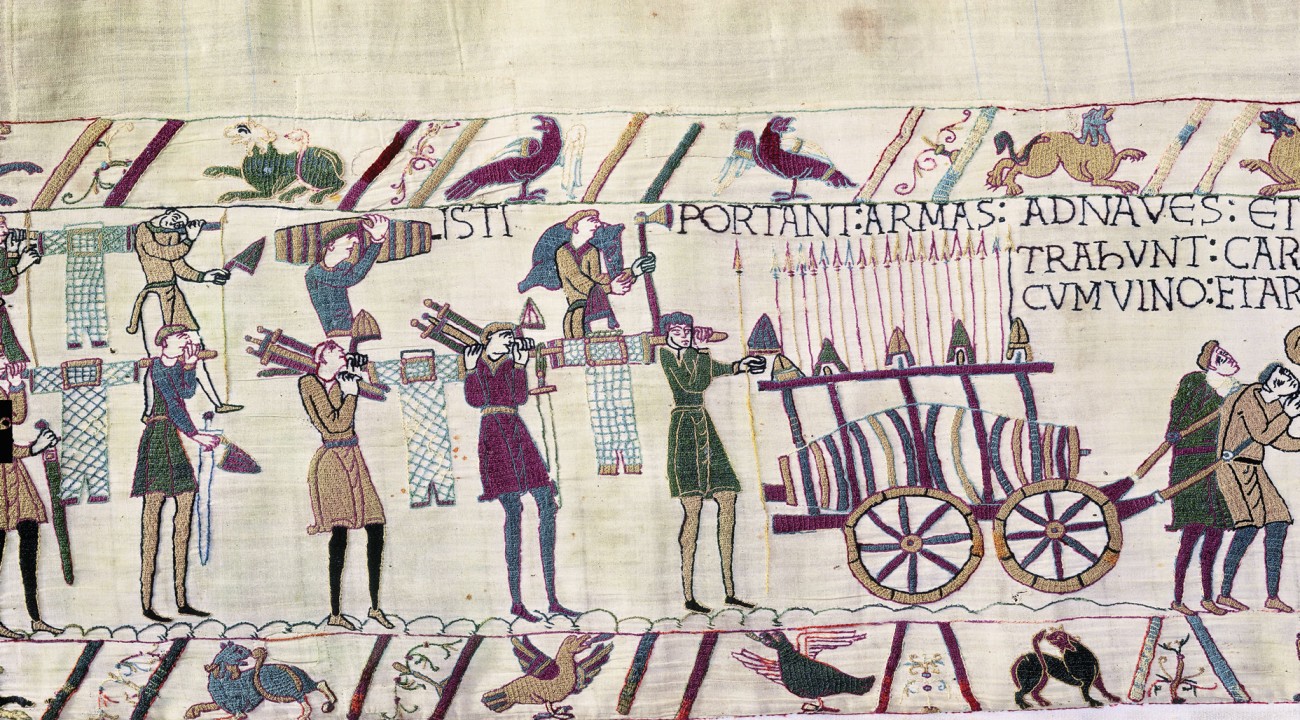
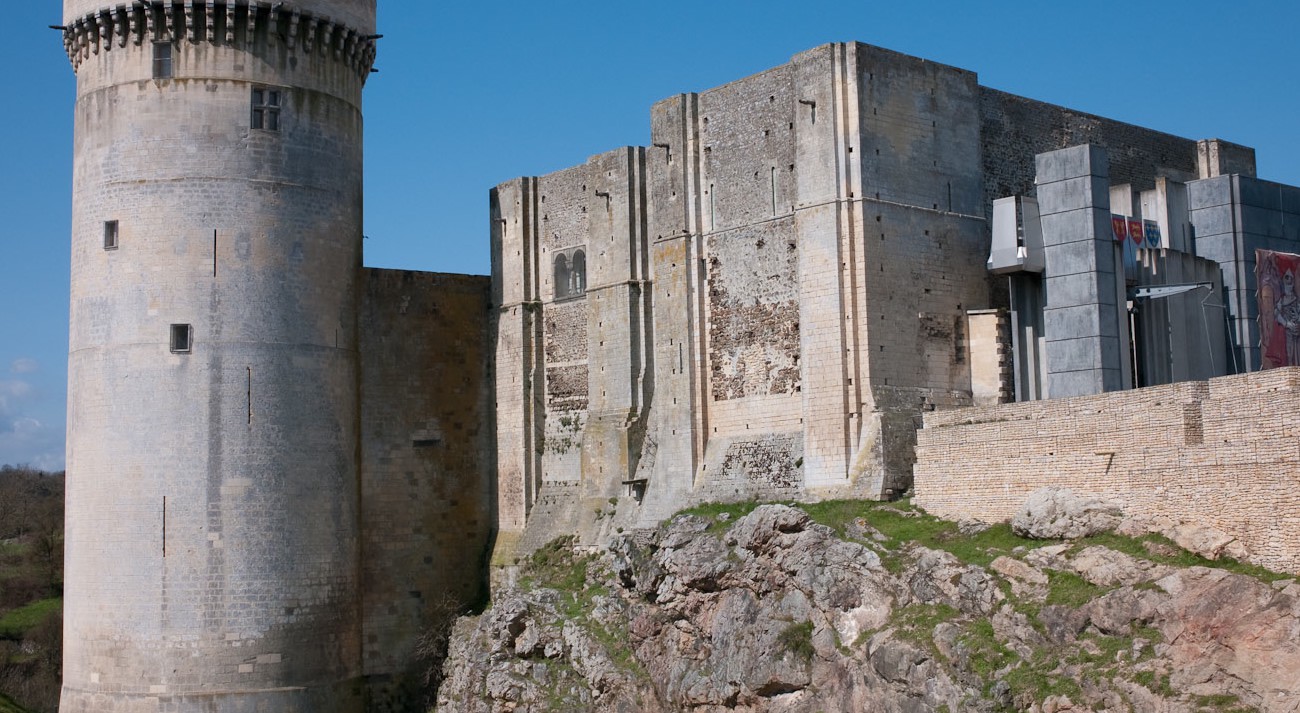
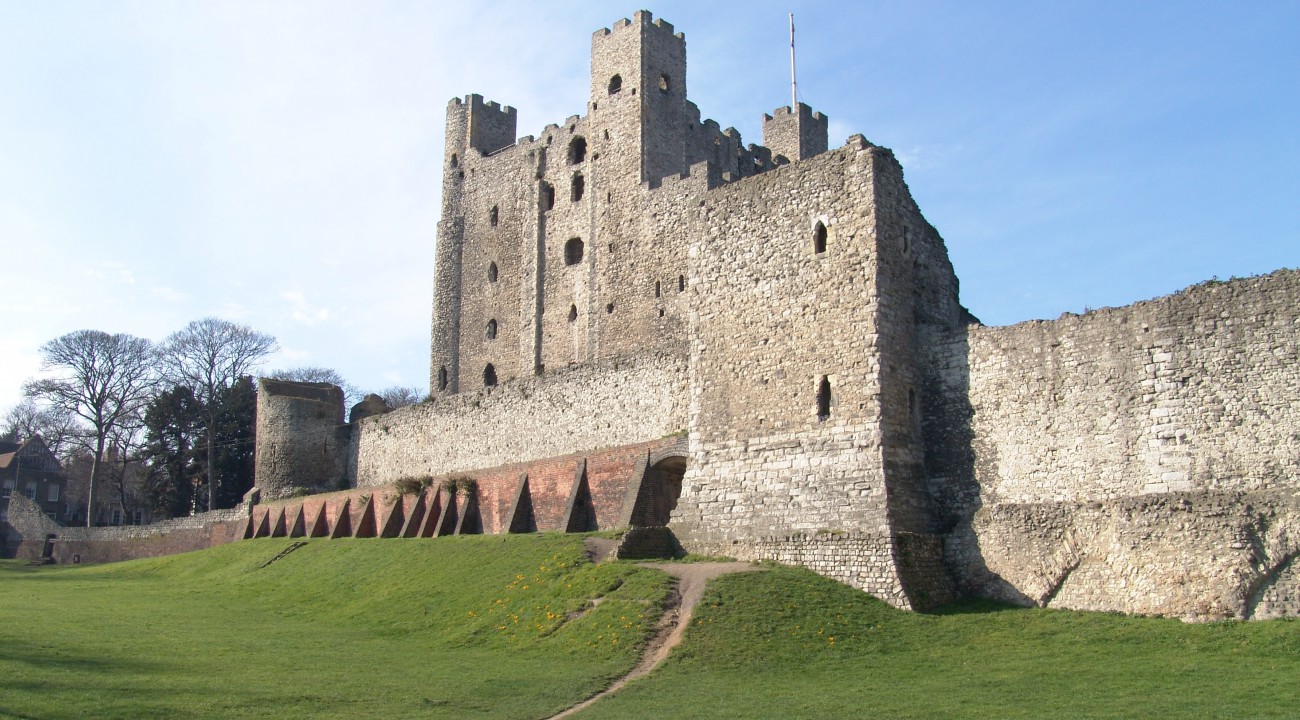
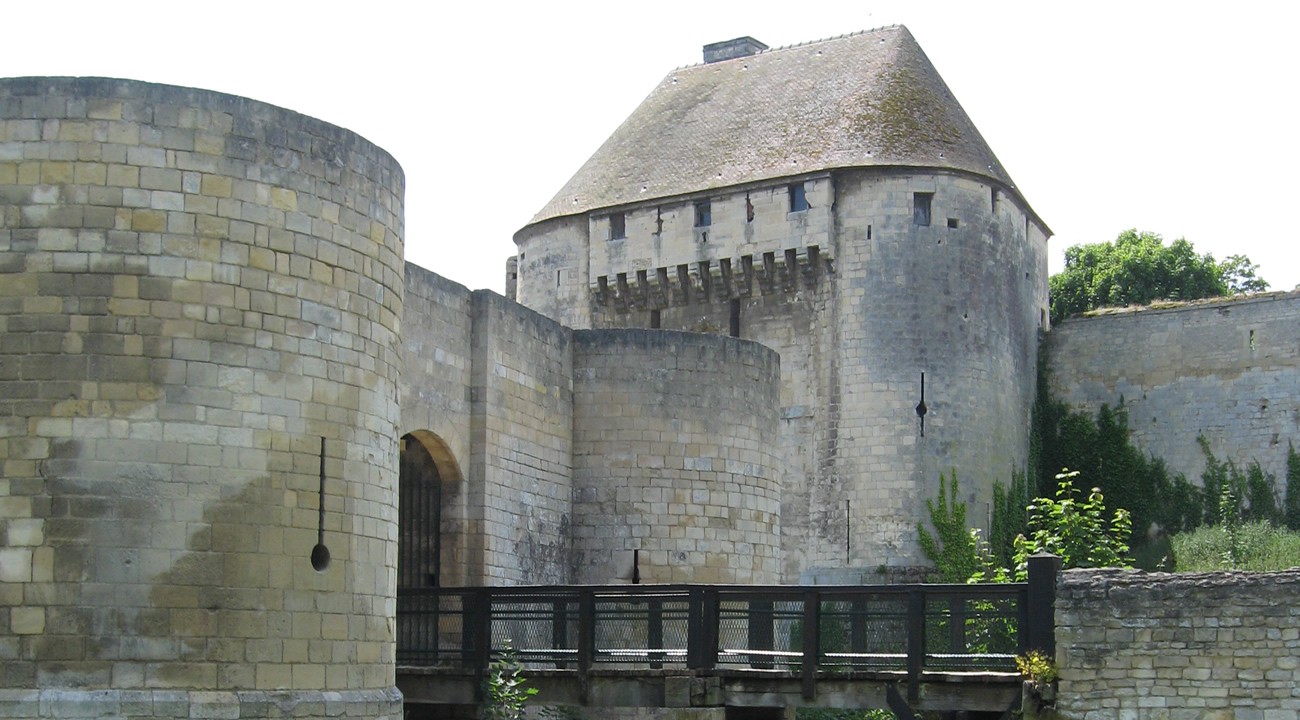
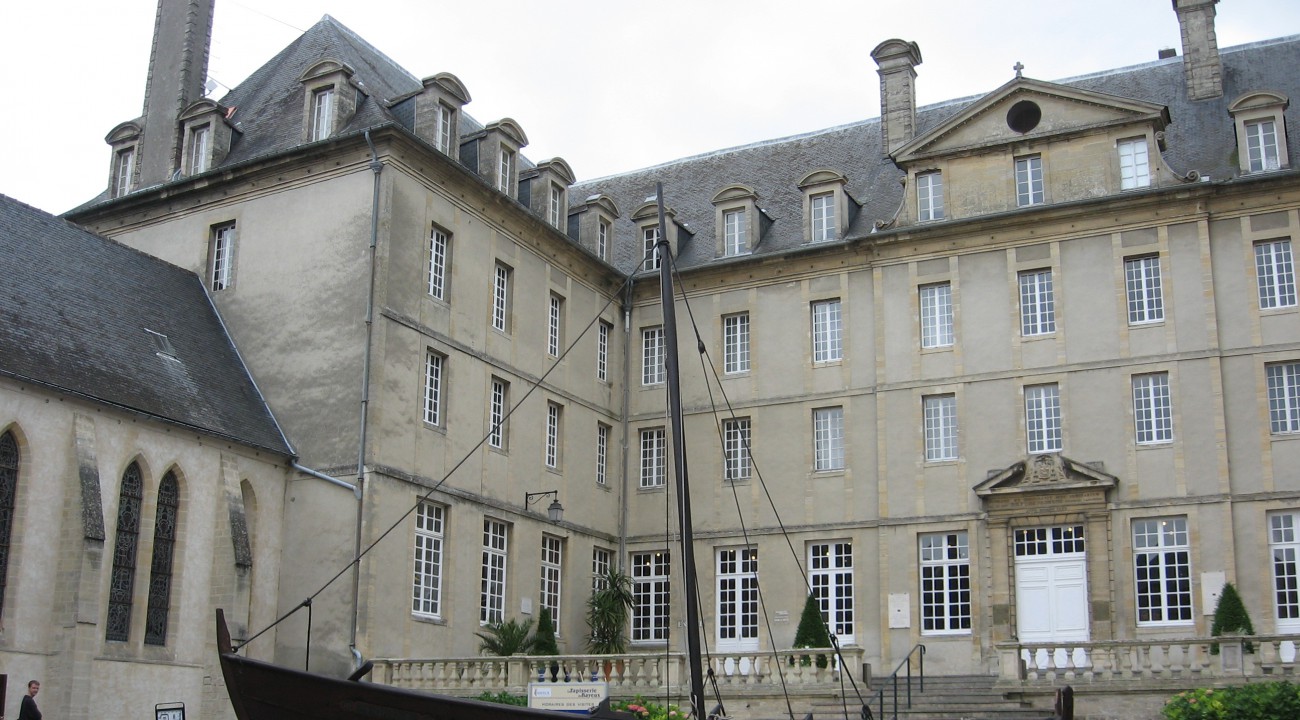
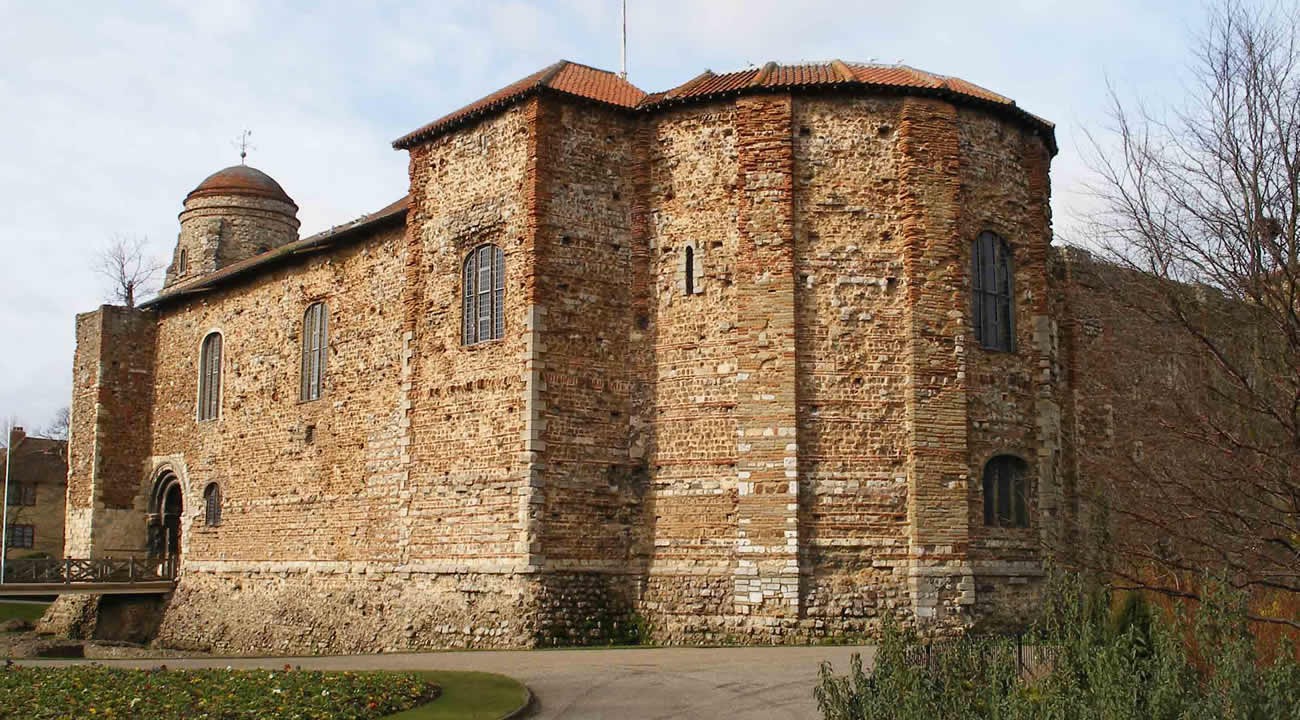
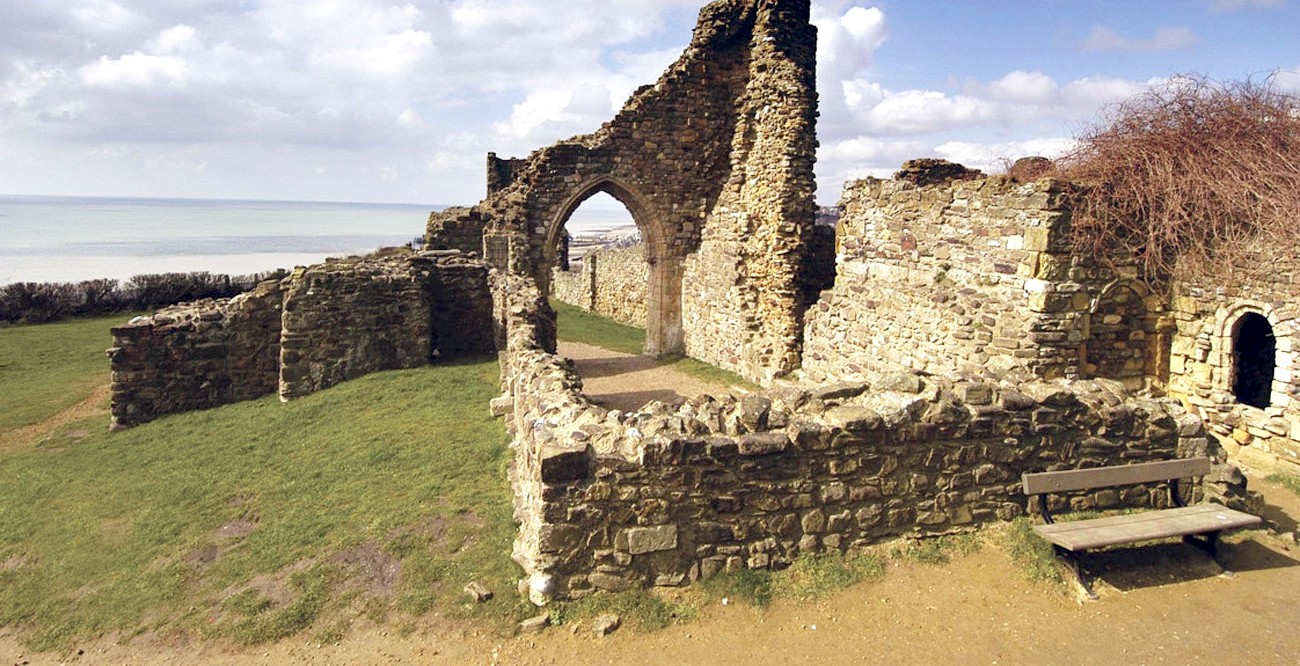
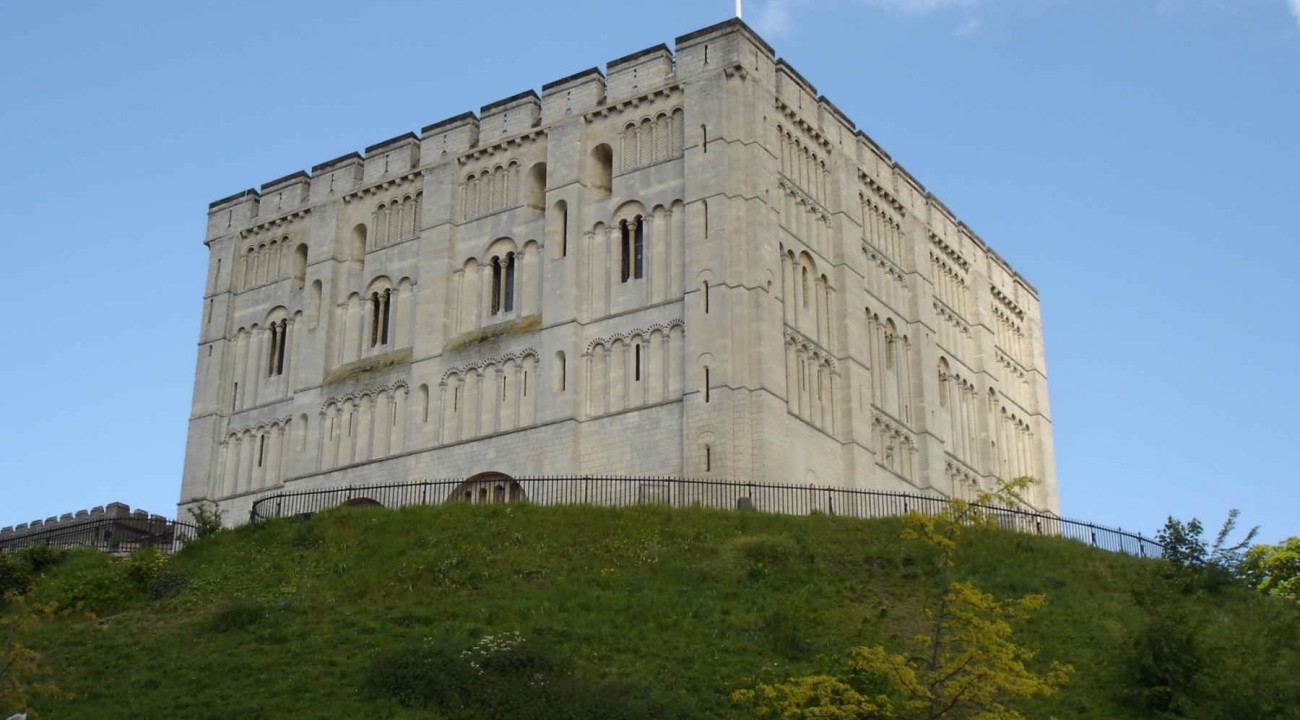
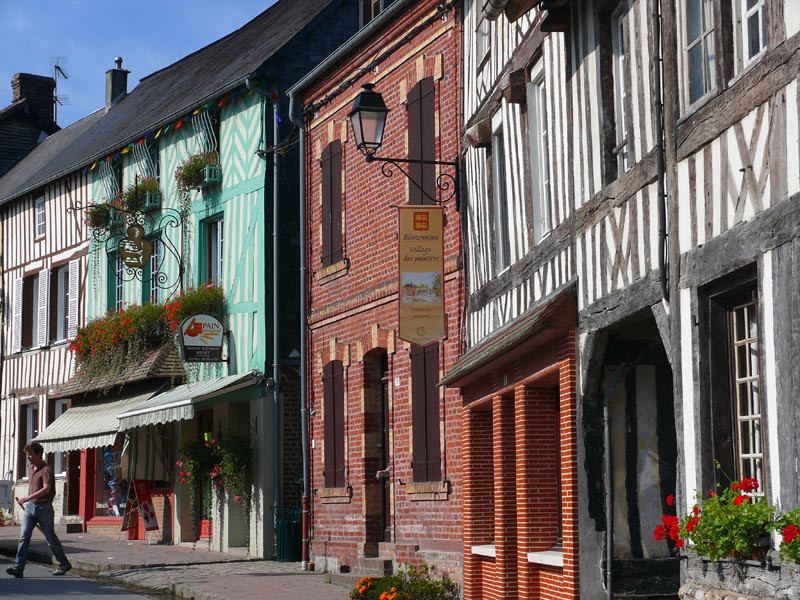
- Introduction
- Timeline
- Gallery
- Historical Background
- Site Plans
- 3D Reconstruction
Even though the castle of Falaise is closely linked to the destiny of the most famous of all Norman dukes, William the Conqueror, its location was apparently used very early on. The first traces of human occupation date back to 60,000 years BC. The rocky outcrop on which the castle is built today constitutes a natural defence that overlooks the Ante Valley with two rivers forming a natural moat.
During the 10th and 11th centuries, under the reign of the first Norman dukes, stone walls were built, forming one of the first castles of this kind in Normandy. The story of a siege in 1027 pitting Richard III of Normandy against his brother Robert, William’s father, indicates that the stone fortifications were probably already very strong because a “battering ram and a ballista” had to be used. By this point, the castle had already gained a solid reputation as a stronghold.
At the time of William’s birth, probably at the end of the year 1027, the castle had a large outer courtyard protected by plain walls with no towers and topped with timber galleries. The inner courtyard was cut off from the enclosure by a deep ditch and featured a building on its highest part but there are only a few sections of foundation masonry left from this original construction. It is rather during the 12th century, a century after William’s birth that the largest campaign of works took place. Henri I Beauclerc, King of England, duke of Normandy and William’s third son, was born in England after the Conquest and gave the castle the stature of a ducal fortress with the addition of flanking towers on the walls, a chapel in the outer courtyard and a mighty Norman square tower in the tradition of towers built by the Normans following the Conquest. Later, during the second half of the 12th century, under the Plantagenets, the works continued, reinforcing the defences but also expanding the residential space with the addition of the Lower Keep built alongside the Great Keep.
At the beginning of the 13th century, a page is turned in Normandy as the duchy is captured by Philip-Augustus, King of France. Shortly after the fall of Château-Gaillard in 1204, Falaise surrenders as well and the defence systems of the castle are modified so that they can adapt to the modern warfare techniques. The great round tower, called Tour Talbot, was built in 1207 and symbolised the newly gained military power of its new ruler.
At the end of the Middle Ages, the keeps were deserted and fell into disrepair. It was only in the 19th century that the keeps could be listed as historical buildings and that emergency works could be carried out. Later, between 1986 and 1997, a large scale project brought the keeps back to their former glory by reconstructing the missing inner volumes and recreating missing elements for which little information is known. Finally, between 2003 and 2012, the restoration campaigns came to completion with the construction of a visitor’s centre and the restoration of both the castle walls and the inner courtyard. A new era began for the castle as it is now brought back to life for the greater enjoyment of its visitors.
The European Union, investing in your future

 Fonds Européen De Développement Régional
Fonds Européen De Développement RégionalL’Union Européenne investit dans votre avenir
INTERREG IV A France (Channel) – England, co-funded by the ERDF.








 Email a friend
Email a friend  Print this page
Print this page 